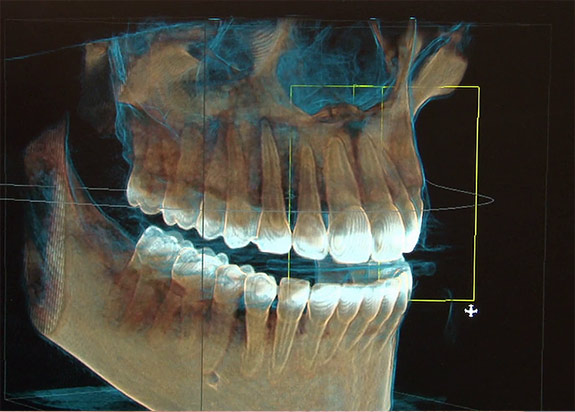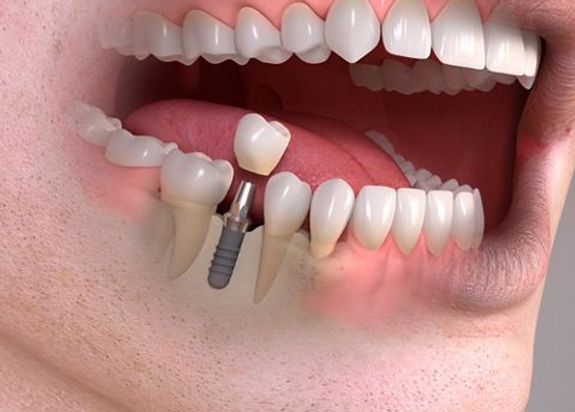Dental implants are artificial prostheses that are implanted in the jawbone, to replace the roots of missing teeth.
A screw-shaped implant is placed in the jawbone where the tooth is missing, and an implant superstructure is placed on it, on which prosthetic work is then placed.
A dental implant is made of a biocompatible material that fuses with the bone because the body does not recognize it as a foreign body.
At SANARIS, we use top-quality Straumann implants that have a 20-year tradition and ensure the best results and success of therapy.
When dental implants grow together with the bones, they function just like natural teeth, completely replacing missing teeth and restoring a sense of confidence and raising the quality of overall life.







